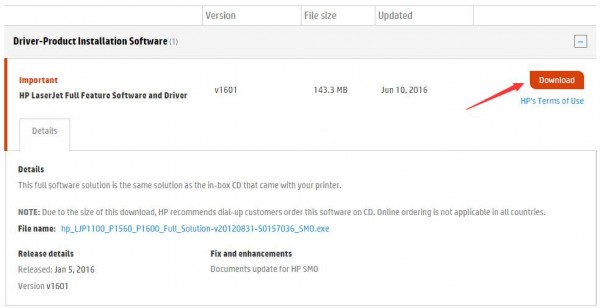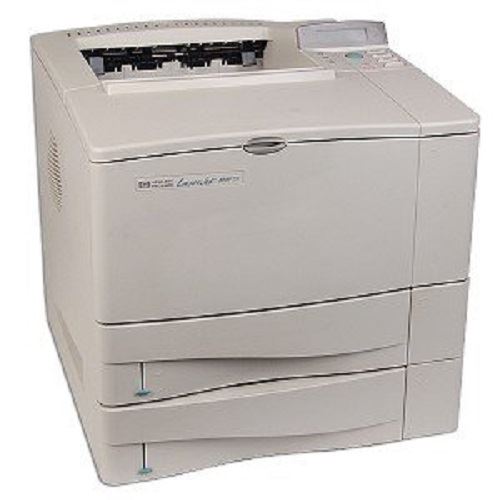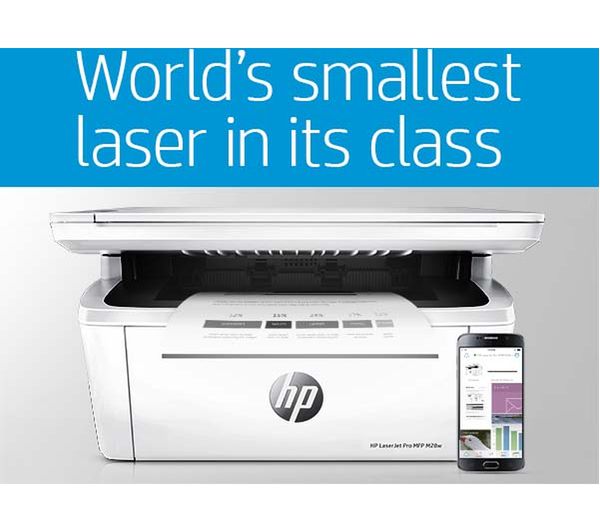



All the hassle you experienced could likely have been avoided by simply leaving the printer disconnected from the beginning and by waiting until asked to connect it.įinally, the idea of leaving peripherals unplugged until the driver is installed, is pretty much standard for any USB peripheral device on Windows. These steps are incorrect and should not be followed by others. Your procedure may have worked for you in this case, but may cause problems in the future.

Your procedure is incorrect from the first step, because by having the printer already plugged in, Windows has already attempted to install its embedded driver and now you have an awkward procedure to override and install the manufacturer's driver in its place. This is mentioned several times in the documentation as part of the install procedure in the guide that comes with the printer. The problem was likely due to the fact that you are supposed to install the driver before plugging in the printer (you are prompted to plug in the printer at the appropriate time by the installer). Good luck for that piece of shit HP printer :) Try to install this, and it will be working. Right click on that, and select remove device.Ĥ.: On the top in device manager find the little blue monitor with the magnifying glass (scan for hardware changes), and click that.ĥ.: After download this driver: (or any P1102/P1102w driver) I found the solution for this problem, and I want to share it with you, in case it helps someone.ġ.: Download this program (make sure the printer is connected to the computer)Ģ.: Open the program, and disable the USB driver in this program.ģ.: Open device manager, and find the USB-controllers menu, and opening this find the P1100 USB named USB controller. I tried to install one P1102 printer to one Windows 10 PC in USB mode, and it ran into an error every time.


 0 kommentar(er)
0 kommentar(er)
